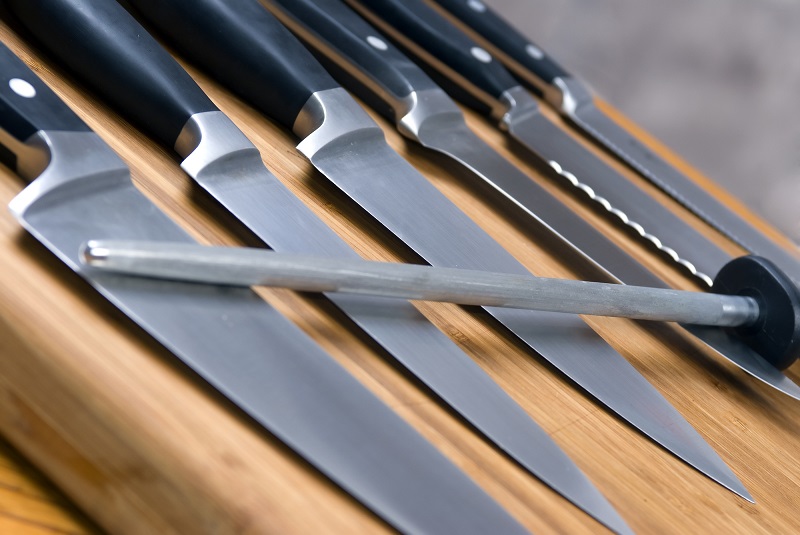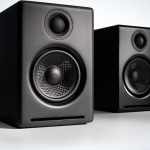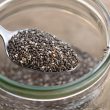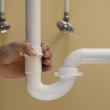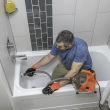Every meal you prepare requires a knife. There isn’t a kitchen tool more important than a well-made, sharp knife. Every culinary class builds upon basic knife skills, and every chef must have these skills.
Though quality cookware and other equipment can add to your home cooking repertoire, good knives are the key to preparing gourmet meals. Without good knives, your copper sautee pans and your eight burner range is meaningless.
Are you ready to improve your knife game? Read on to learn about the four different types of knives you need in your kitchen.
Table of Contents
1. The Chef’s Knife
Of all the types of kitchen knives, this is the most basic and most important. Once you learn how to handle this knife, you can learn how to handle any other.
This broad knife has a blade that tapers to the tip. This tapered blade allows you to rock the knife to chop. This is the knife you use for mincing garlic and onions. It’s the tool for chopping carrots and celery.
If you walk into a restaurant kitchen, you’ll see these knives everywhere. The reason you see them everywhere in a restaurant kitchen is their wide range of use. They’re not only used for chopping.
With a chef’s knife, you can butcher a chicken and butcher a rib roast into ribeye steaks. With a steady hand, these knives can de-bone a salmon filet or peel an eggplant. You can even use a chef’s knife to open a champagne bottle.
Considering that a chef’s knife is the most essential of essential kitchen knives, it is important you buy for quality. Given how much you will use this knife, you want to know it will last.
2. The Utility Knife
A chef’s knife is the most important and most used of all the knives for the kitchen. There are some jobs a chef’s knife is too large for. That’s why a smaller, five-inch utility knife is so important.
These knives with a thin, five-inch blade are great to use for the more delicate kitchen tasks that a chef’s knife is far too big for.
This knife is a great tool for de-boning smaller fish like trout. They are also useful for peeling smaller fruit like apples or root vegetables like beets and potatoes. The smaller blade makes it a great choice for slicing harder cheeses.
Also known as “sandwich knives,” these utility knives come with either a straight or serrated blade. In a pinch, you can even use them as steak knives. Though if you buy this knife set, you won’t have to.
3. The Boning Knife
This knife does what it says and helps you remove bones with precision. If you’re a home cook interested in fresh fish, you’ll need one of these knives.
Though a boning knife is not just for fish. Use these for delicate filet jobs like freshwater panfish, or de-boning a Cornish game hen. A boning knife is not meant to cut through bone, rather cut around bone.
Because of this, boning knives have different blade flexes. There are different uses for each flex.
Flexible
Boning knives with flexible blades are for the most delicate tasks. Think skinning poultry or removing bones from fish. These are the knives that most cheaper filet knives attempt to emulate.
Semi-Flexible
Right in the middle, these knives provide a decent amount of flexibility for intricate jobs. They are able to better withstand the tougher tasks like boning beef and pork.
These knives find their best use with red meats like veal and lamb. They slice through the soft flesh easily and still provide enough flexibility for the tight spaces of a lamb rack or a veal shank.
Stiff
Stiff boning knives are found in most kitchens. If you are to invest in a boning knife, this is the blade flex to go with. These knife blades cut through tougher meats like pork and beef where there is a lot of connective tissue and cartilage.
The reason stiff-flex boning knives are so popular is that most home cooks prepare beef, pork, and chicken more often than lamb, veal, or delicate fish.
If you are like most home cooks, don’t invest in a flexible knife to bone more substantial meat. You will break the blade. If home cooking is a new hobby and you believe you’ll need a boning knife, start with a stiff blade.
4. The Bread Knife
Have you ever tried cutting a loaf of bread with a straight-edged knife? Your beautiful, fresh loaf ends up mangled and smashed. This is no good if you’re making a sandwich or slicing bread for guests
The bread knife is a seven-inch serrated edge knife designed to cut through softer materials without compromising their shape.
Don’t be fooled by the name. While you may think a bread knife isn’t necessary, it’s as important as all types of knives for cooking.
The long blade and serrated edge make it perfect for cutting soft, fibrous meat like beef brisket and pot roast. While a chef might turn his or her nose up, they also make great tools for carving turkeys or standing rib roasts.
Not just for bread, these knives make slicing soft beefsteak tomatoes a snap. You’ll be able to maintain the shape of that garden ripe beauty rather than smashing it on your cutting board.
The Different Types of Knives
There are many more types of knives for all sorts of kitchen tasks. These four make a great starter set as the best knives for cooking. To use them, brush up on your knife skills, and invest in a sharpener.
As you grow more experienced as a home cook, then you may need to explore the other different types of knives. Until then, happy cooking.
Do you need more kitchen help? Check out the rest of our blog for the best home cooking tips and tricks.

